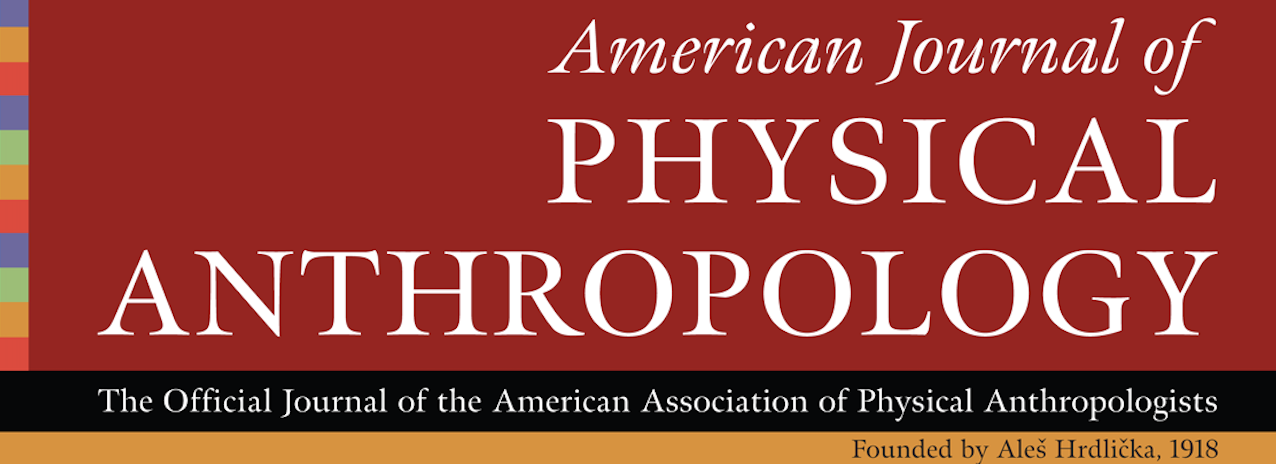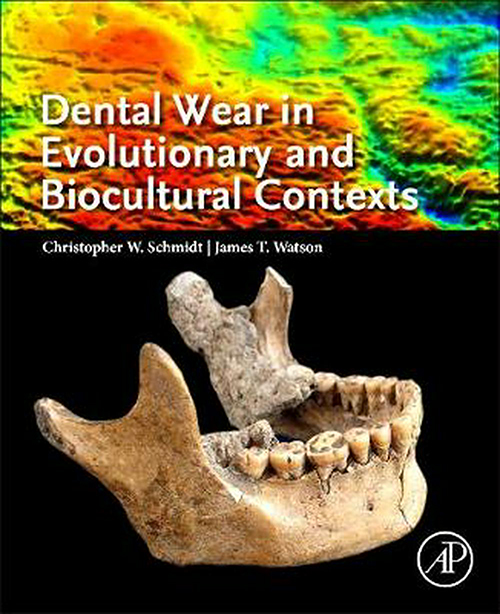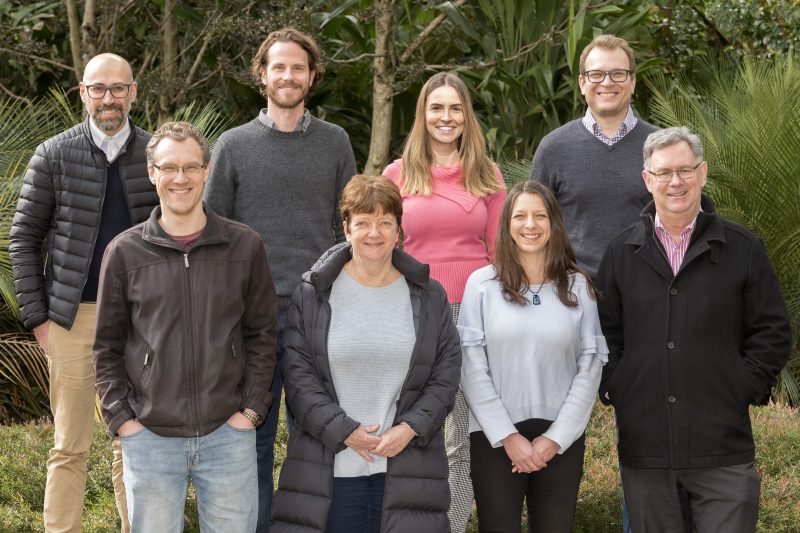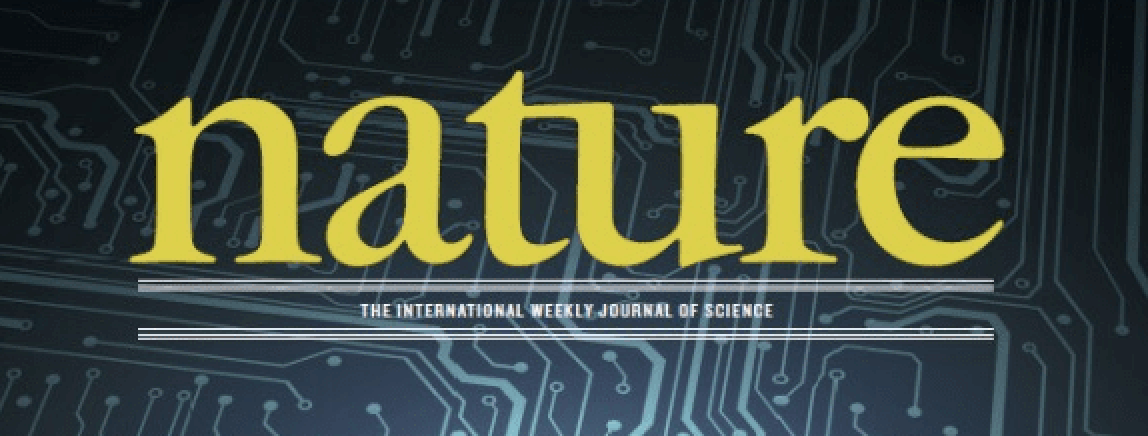
New study on the prehistoric diet of Italian Palaeolithic and Mesolithic humans from the Alpine region published in the American Journal of Physical Anthropology
The analysis of prehistoric human dietary habits is key for understanding the effects of paleoenvironmental changes on the evolution of cultural and social human behaviors. In this study, we compare results from zooarchaeological, stable isotope and dental calculus analyses as well as lower second molar macrowear patterns to gain a broader understanding of the diet of three individuals who lived between the end of the Late Pleistocene and the Early Holocene (ca., 17–8 ky cal BP) in the Eastern Alpine region






